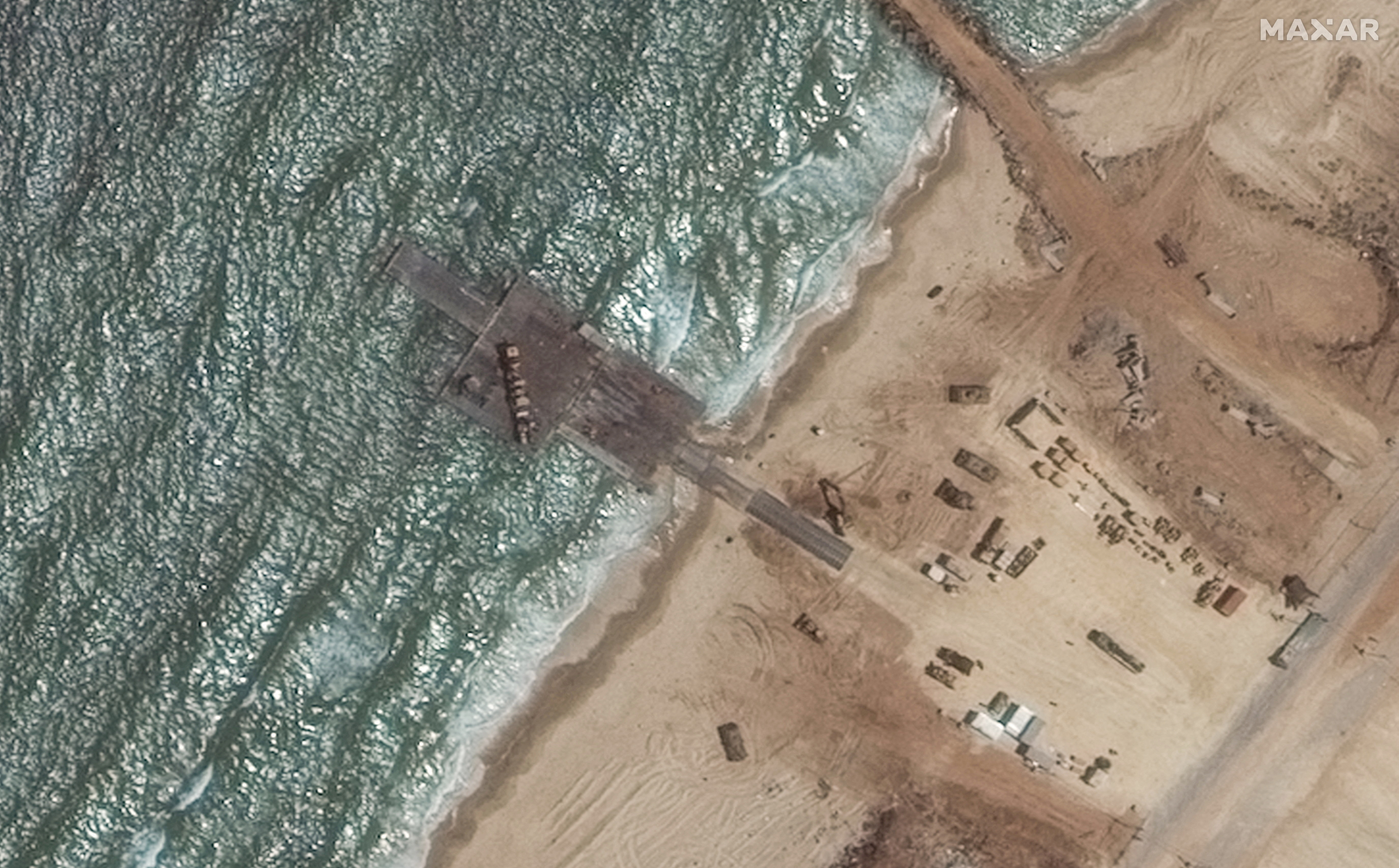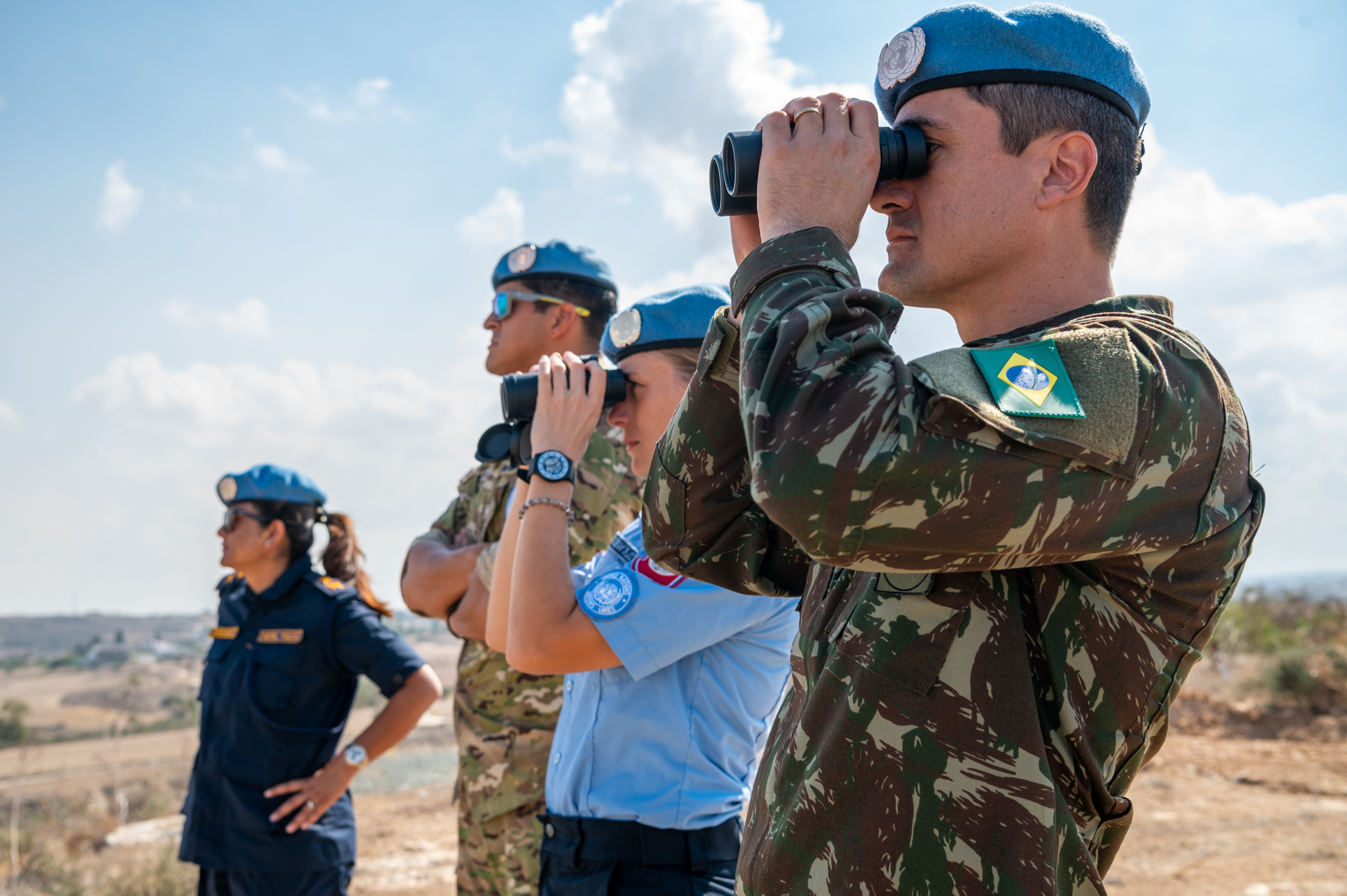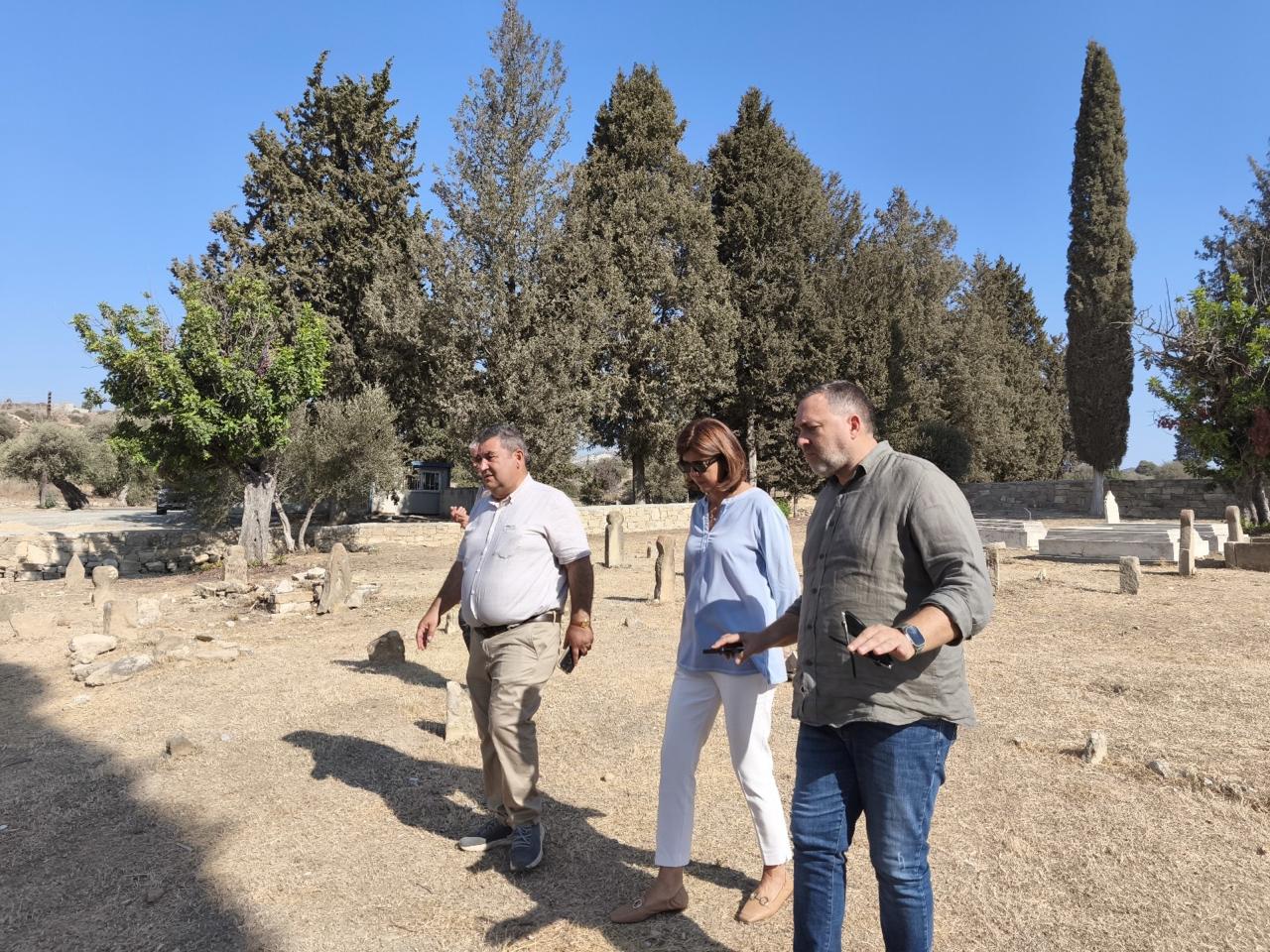The United States Central Command on Sunday denied that the temporary jetty constructed off the coast of Gaza to facilitate the transfer of humanitarian aid shipped from Cyprus had been used in an Israeli military operation which reportedly killed over 200 Palestinians.
Video footage had surfaced on social media over the weekend which some commentators claimed showed the jetty and other infrastructure installed to facilitate humanitarian aid shipments being used by the Israel Defence Forces to conduct a military operation to release hostages held by terrorist group Hamas.
Gaza’s health ministry had said the operation had killed at least 274 Palestinians, while hundreds more were injured. They did not make reference to the jetty.
The US Central Command said after the operation that the jetty itself and related equipment, personnel and other assets had not been used in the operation.
“An area south of the facility was used by the Israelis to safely return the hostages to Israel. Any such claim to the contrary is false. The temporary jetty on the coast of Gaza was put in place for one purpose only, to help move additional, urgently needed lifesaving assistance into Gaza,” it said.
However, despite the US’ insistence that the jetty itself had not been used, the operation’s proximity to the jetty and to humanitarian operations was too much for the United Nations.
UN World Food Programme executive director Cindy McCain announced that the WFP had “paused” its distribution of humanitarian aid from the jetty, saying she was “concerned about the safety of our people”.
She added that two of the WFP’s warehouses nearby had been “rocketed”.
“We have stepped back for the moment, to make sure that we are on safe terms and on safe ground before we will restart,” she said, adding that the WFP is continuing its distribution of humanitarian aid in other parts of Gaza.
Despite the WFP’s pause in distribution operations, British newspaper The Guardian reported that aid has begun to be brought ashore after the jetty was reattached at the end of last week after undergoing repairs.
However, the newspaper also pointed out that the jetty is of limited use, only being operable in conditions where waves are smaller than 1.25 metres high.
This was corroborated by the US Central Command’s deputy chief Vice Admiral Brad Cooper, who said, “historically, by early September, the seas begin to rise and mother nature gets a vote here. I think we are just going to have to see what the weather looks like going forward.”
The jetty had required repairs after breaking apart during high winds last month, and thus had to be taken to the Israeli port of Ashdod for repairs, while four ships which were supposed to be stabilising it washed up on a beach in the nearby Israeli town of Ashkelon.
In Cyprus, the loading of ships and the sending of aid had continued, with that aid having been stored off the coast of Gaza until the jetty was placed back into position, and now being transported into Gaza.
Earlier, United Nations senior humanitarian and reconstruction coordinator for Gaza Sigrid Kaag told Cypriot Foreign Minister Constantinos Kombos and President Nikos Christodoulides that the situation in Gaza “can only get worse”.
“It is a situation which can only get worse based on what they see, and in this, the Republic of Cyprus with allied countries which are cooperating with us in this project, is doing something which has an impact,” Kombos said after the meeting.







Click here to change your cookie preferences